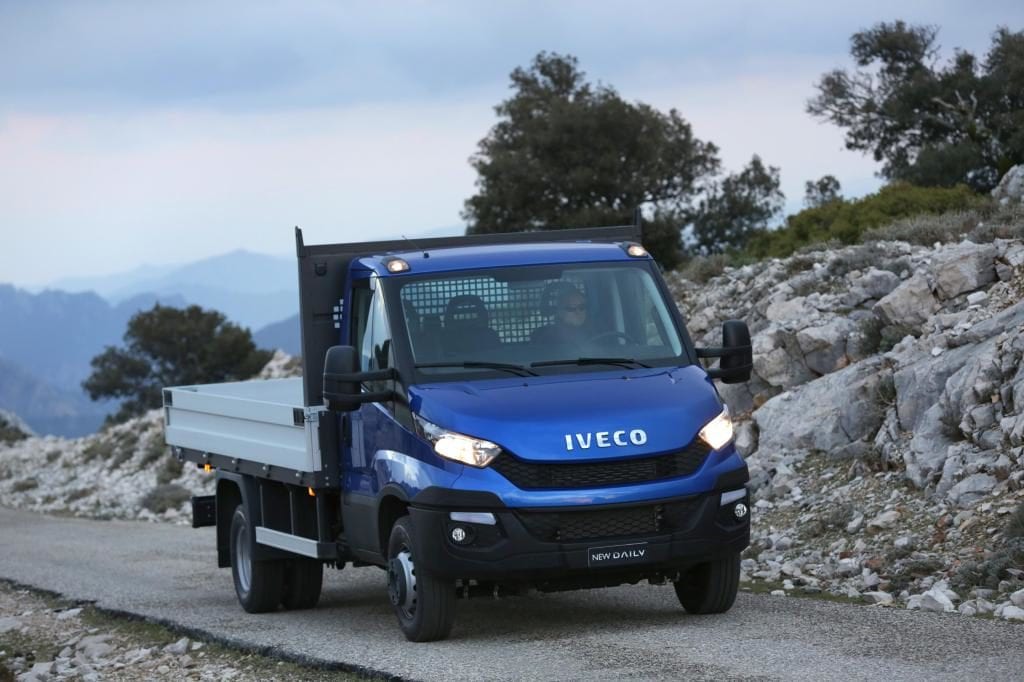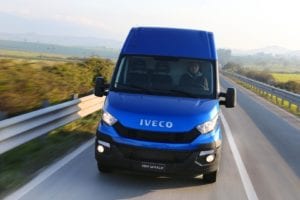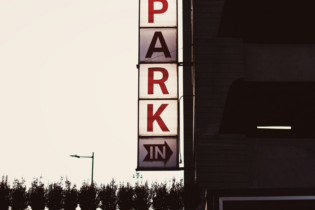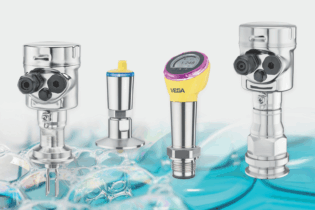Having driven the 6th generation Iveco Daily recently, Tristan Wiggill has a new appreciation for the van’s workmanlike credentials.
The Daily has always been perceived as a competent people-mover and/or long-distance taxi when, in fact, it is also a versatile workhorse. Iveco needs the industry to view the 2015 International Van of the Year in this lesser-known light and, as a result, is actively touting its towing and cargo-carrying abilities. At the launch event, it was plain to see that a lot of thought has gone into making this van; it is the longest in the van segment, with the biggest payload and has the highest towing capacity. It also stacks up favourably in terms of active and passive safety systems, the likes of which include dual front airbags and Electronic Stability Programme (ESP) 9. “In this industry, big is nice,” beamed Elvis Metsuera, product marketing manager at Iveco South Africa. “We’ve got the longest load bay (at 5.1 metres) in the van segment and the largest volume capacity; either 18m3 or 20m3, depending on panel van variant. It is possible to load up to six pallets in either; if you buy the vehicle for passenger transport operations, there’s seating for 22 or 25 passengers. We are offering half a metre more deck length and 18% more volume than our competition – perfect for guys in courier and/or goods transport,” he says. The Daily continues to make use of a truck-like ladder frame chassis while its competitors opt for passenger car-like monocoques. This is the secret behind the Daily’s maximum payload capacity of 4.2 tonnes. Gross Vehicle Mass (GVM) is a hefty 7.2 tonnes and towing capacity 3.5 tonnes, which provides buyers with attractive earnings potential. Apart from ESP 9 and airbags, hill hold control and trailer sway control are also provided. The Daily is further equipped with daytime running lights while some models’ fog lights rotate as the steering wheel is turned for better curbside visibility. Seven-tonne panel vans and chassis cabs, as well as campervan variants, are equipped with air-suspended seats for better driver comfort. The battery has been moved from the engine bay to the cooler footwell on the passenger side in order to extend the life of the battery, which is also fitted with a quick-release isolator for easier servicing.
Seven-tonne panel vans and chassis cabs, as well as campervan variants, are equipped with air-suspended seats for better driver comfort. The battery has been moved from the engine bay to the cooler footwell on the passenger side in order to extend the life of the battery, which is also fitted with a quick-release isolator for easier servicing.There are a number of storage compartments in the dashboard, with additional storage space available under the front passenger seat. A radio and air-conditioning system are provided across the range as standard features, with the latter ducted through the glove compartment, thereby keeping one’s perishables fresh.
Iveco is the first manufacturer worldwide to fit an eight-speed automatic transmission to a commercial vehicle, which it calls Hi-matic. The ZF unit shifts gears in under 200 milliseconds and, through sophisticated software, offers 20 different shift patterns, chosen automatically depending on driving conditions and style, to reduce fuel consumption and lower wear and tear. Distribution businesses moving four tonnes would traditionally use small trucks instead of panel vans as they’ve been limited to 2.5 or 2.8-tonne payloads. Until now. Unlike a truck, the Daily can be driven off the dealership floor and begin working straight away – there is no need to wait for trailer manufacturers to design and supply something suitable. Permanently closed, vans reduce the likelihood of losing loads and limit the damage to goods caused by the elements. While the initial purchase price is 25% higher than an equivalent four-tonne truck, the Daily offers lower fuel costs through the use of a smaller, Euro 5 engine and better aerodynamics (the drag coefficient is 0.31). “We are expecting at least 12% better fuel consumption than equivalent trucks. Although you’re paying 25% more for the vehicle, the revenue potential is significant if you use the 3.5-tonne towing capacity, which increases the total payload by 34%. If you are able to convert that 34% extra payload into money, even just 60% of the time, it would result in a 20% increase in revenue. A gross profit margin of 30% can become 41%,” Matseura explains. Launch pricing won’t last long – until the end of April on all orders received before then – due to the exchange rate and new vehicle price inflation. “With the Daily, we are offering the biggest panel van with the largest amount of useful space, while being the safest and strongest, which makes it the best Daily ever,” he concludes.







